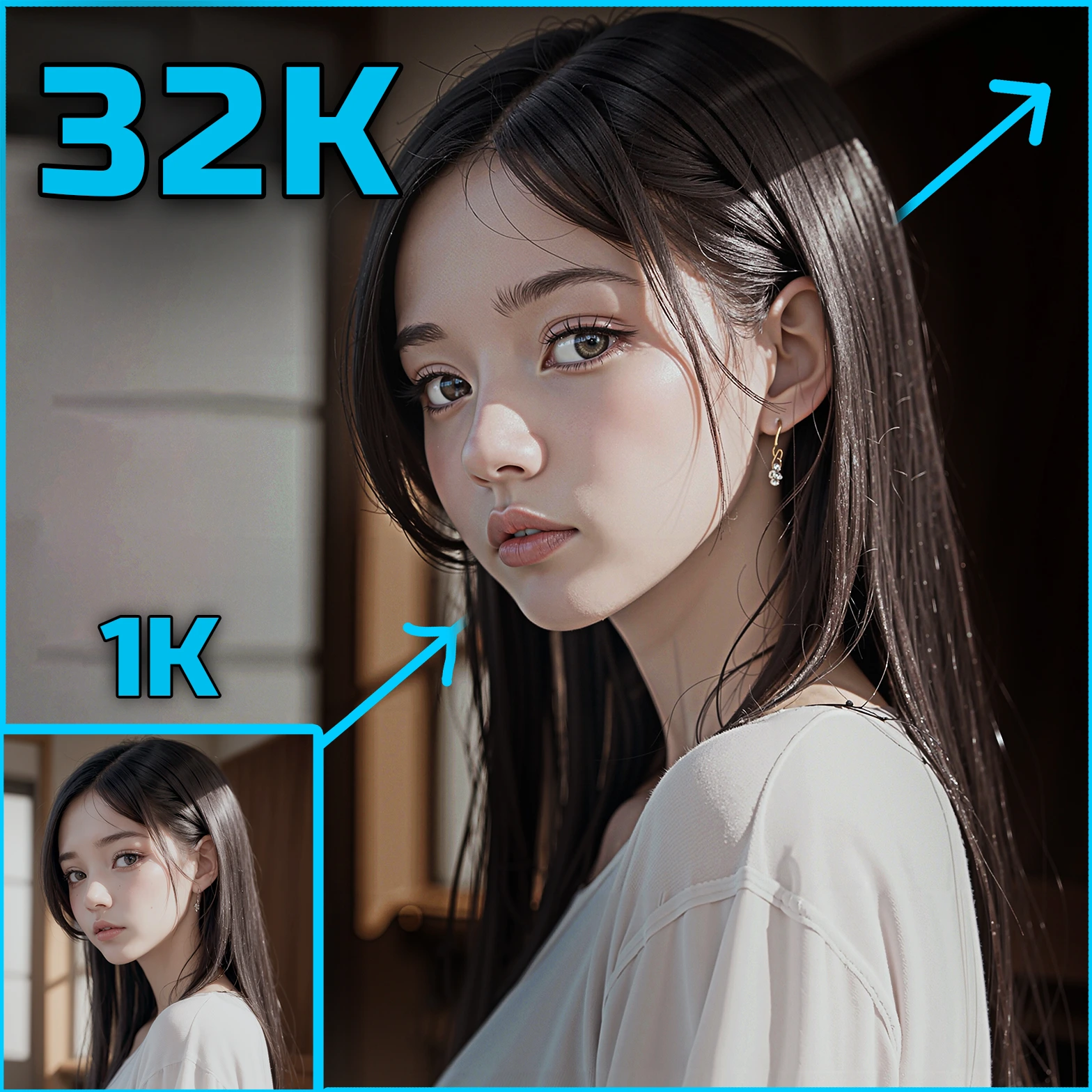ComfyUI Node: Simple Detector (SEGS)
ImpactSimpleDetectorSEGS
CategoryImpactPack/Detector
Dr.Lt.Data (Account age: 747days) Extension
ComfyUI Impact Pack Latest Updated
2025-03-23 Github Stars
2.28K
How to Install ComfyUI Impact Pack
Install this extension via the ComfyUI Manager by searching for ComfyUI Impact Pack- 1. Click the Manager button in the main menu
- 2. Select Custom Nodes Manager button
- 3. Enter ComfyUI Impact Pack in the search bar
Visit ComfyUI Online for ready-to-use ComfyUI environment
- Free trial available
- 16GB VRAM to 80GB VRAM GPU machines
- 400+ preloaded models/nodes
- Freedom to upload custom models/nodes
- 200+ ready-to-run workflows
- 100% private workspace with up to 200GB storage
- Dedicated Support
Simple Detector (SEGS) Description
Efficient object detection and segmentation using SEGS model for AI artists, simplifying isolation and manipulation of image elements.
Simple Detector (SEGS):
The ImpactSimpleDetectorSEGS node is designed to provide a straightforward and efficient way to detect and segment objects within an image using the SEGS (Segmentation) model. This node is particularly useful for AI artists who need to isolate specific elements in their artwork or images for further manipulation or analysis. By leveraging advanced segmentation techniques, the node can accurately identify and delineate objects, making it easier to apply effects, transformations, or other creative modifications. The primary goal of this node is to simplify the segmentation process, offering a user-friendly interface that delivers precise results without requiring deep technical knowledge.
Simple Detector (SEGS) Input Parameters:
segm_detector
This parameter specifies the segmentation detector model to be used for processing the image. The model is responsible for identifying and segmenting objects within the image based on the provided threshold and dilation settings. The choice of model can significantly impact the accuracy and quality of the segmentation results.
image
The image parameter is the input image that you want to process using the segmentation detector. This image will be analyzed by the model to identify and segment objects. The quality and resolution of the input image can affect the performance and accuracy of the segmentation.
threshold
The threshold parameter is a floating-point value that determines the confidence level required for the model to consider a detected object as valid. It ranges from 0.0 to 1.0, with a default value of 0.5. A higher threshold means that only objects with higher confidence scores will be segmented, which can reduce false positives but may also miss some valid objects.
dilation
The dilation parameter is an integer value that specifies the amount of dilation to apply to the segmented masks. It ranges from -512 to 512, with a default value of 0. Dilation can help to refine the edges of the segmented objects, making them more or less pronounced depending on the value. Positive values increase the size of the segmented areas, while negative values decrease it.
Simple Detector (SEGS) Output Parameters:
mask
The mask output parameter is the resulting segmentation mask generated by the node. This mask is a binary image where the segmented objects are highlighted, allowing you to easily isolate and manipulate these objects in your artwork or further processing. The mask is returned as a tensor, which can be used in various image processing workflows.
Simple Detector (SEGS) Usage Tips:
- Adjust the threshold parameter to balance between detecting all possible objects and minimizing false positives. A lower threshold will detect more objects but may include irrelevant ones, while a higher threshold will be more selective.
- Use the dilation parameter to fine-tune the edges of the segmented objects. Positive dilation values can help to merge close objects, while negative values can separate them more distinctly.
- Ensure that the input image is of good quality and resolution to achieve the best segmentation results. Blurry or low-resolution images may lead to less accurate segmentation.
Simple Detector (SEGS) Common Errors and Solutions:
"Model not found"
- Explanation: This error occurs when the specified segmentation detector model is not available or cannot be loaded.
- Solution: Verify that the model name is correct and that the model is properly installed and accessible in the system.
"Invalid image format"
- Explanation: This error indicates that the input image is not in a supported format or is corrupted.
- Solution: Ensure that the input image is in a valid format (e.g., JPEG, PNG) and is not corrupted. Try using a different image to see if the issue persists.
"Threshold out of range"
- Explanation: This error occurs when the threshold value is set outside the allowed range of 0.0 to 1.0.
- Solution: Adjust the threshold value to be within the valid range. The default value is 0.5, which is a good starting point.
"Dilation value out of range"
- Explanation: This error indicates that the dilation value is set outside the allowed range of -512 to 512.
- Solution: Set the dilation value within the valid range. The default value is 0, which means no dilation is applied.
Simple Detector (SEGS) Related Nodes
RunComfy is the premier ComfyUI platform, offering ComfyUI online environment and services, along with ComfyUI workflows featuring stunning visuals. RunComfy also provides AI Models, enabling artists to harness the latest AI tools to create incredible art.


